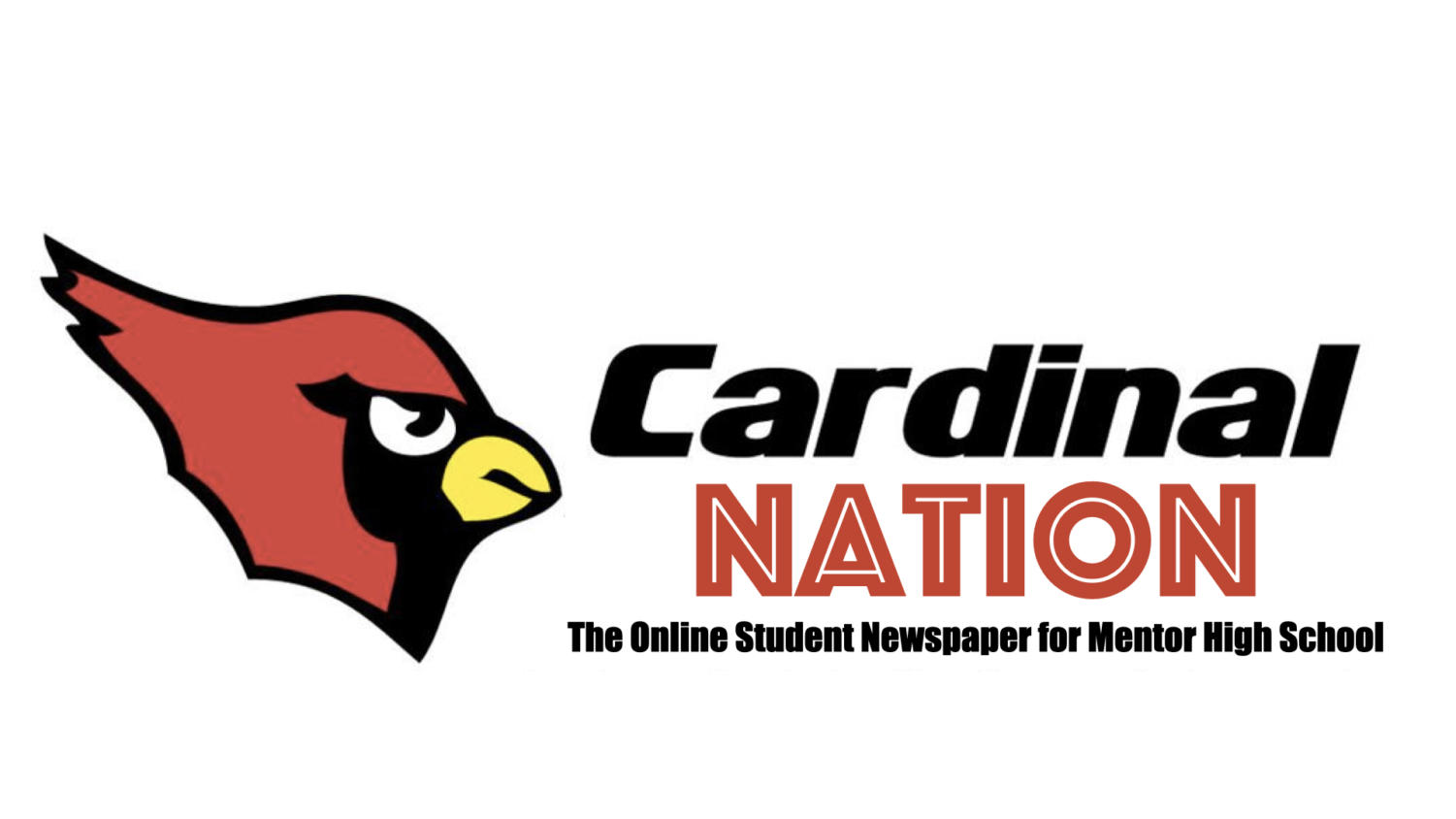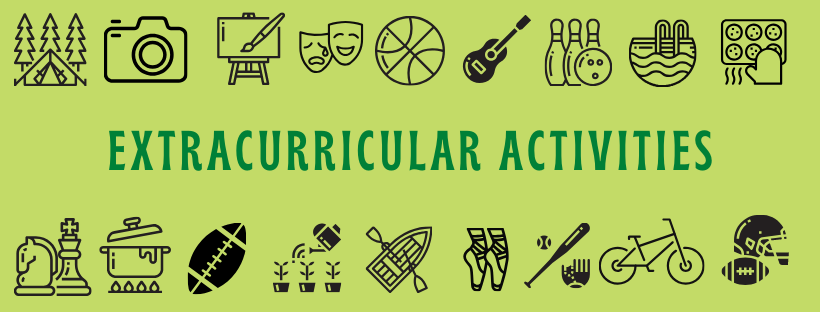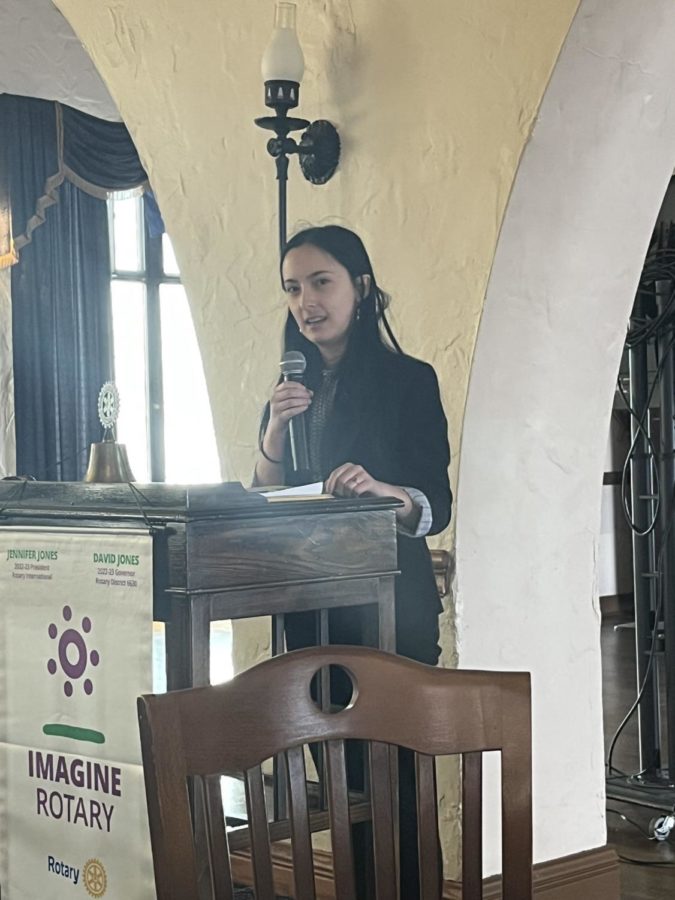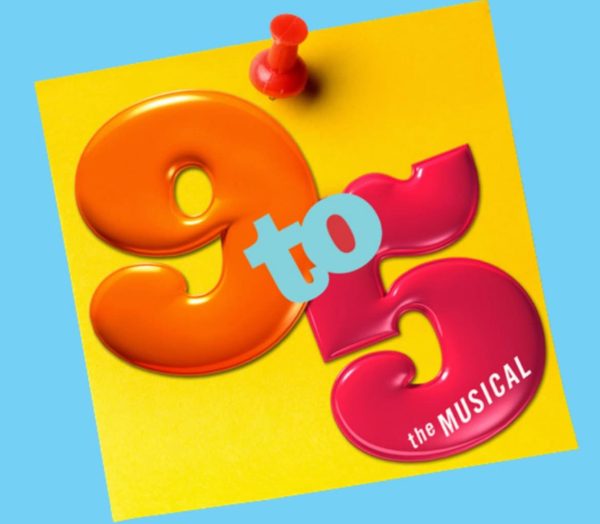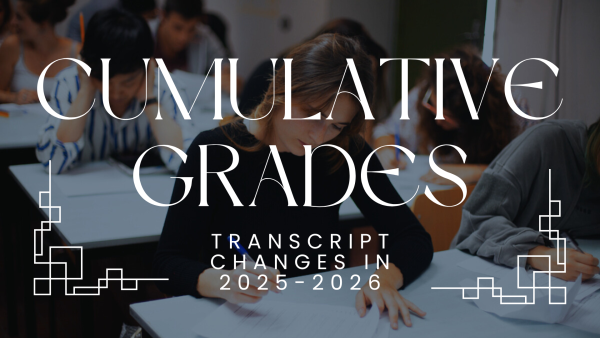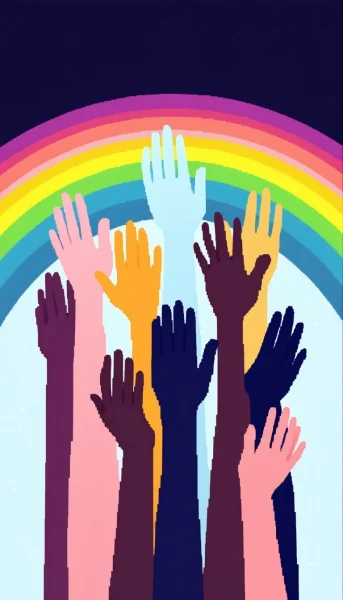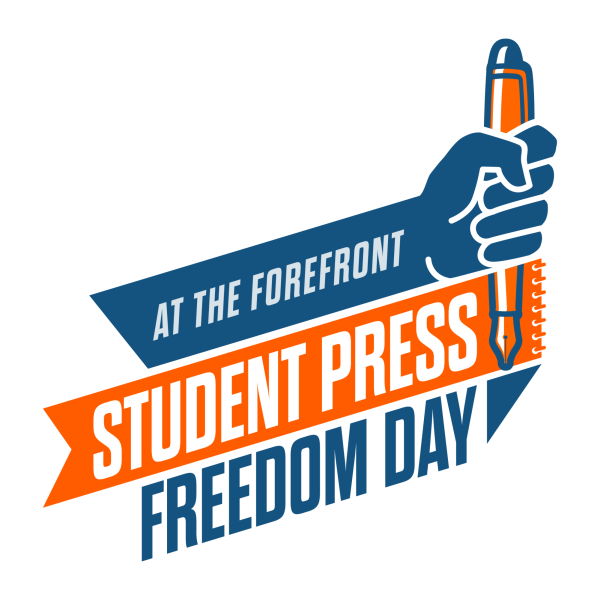Club Participation: How To Make A Difference Here At Mentor High
Casey Gray makes the case for the value to students of extracurricular participation
Advisor’s Note: This article was written by an AP Seminar student as part of a “Make a Difference” project. For the AP Seminar Performance Tasks that are scored by College Board, students spend their year researching and writing about real-world, complex issues. After the AP test, students choose one of the topics they studied and do something to raise awareness about the issue to shed light on it as a way to make even a small difference. Students have a variety of options including developing websites, creating posters, starting social media campaigns, writing letters, and, this year, writing articles for Cardinal Nation. Casey Gray chose to share his issue in Cardinal Nation. Here is Casey’s submission.
On April 6th, representatives of Mentor High School participated in the Rotary Club four-way test speech at the Mentor City Club. I personally got the opportunity to give a speech there that follows the four-way test. The four-way test follows four principles: is it the truth, is it beneficial to all concerned, is it fair to all concerned, and will it generate goodwill and better friendships?
For the speech I chose to pick something in which I feel is deeply important at our school, and am now returning to the topic for the Make a Difference Project for AP Seminar. The goal of this article is to convince you why extracurriculars matter for our school and for you.
Nationally
Firstly, why are extracurriculars beneficial to the student population? Extracurriculars help allow an individual to stand out in college and job applications. College Board affirms this idea in their article Extracurriculars Matter — To You and To Colleges and states that extracurriculars help students get into college by showing how an individual is interested in a field of study outside of the classroom, whether it is through music or through being involved in the community.
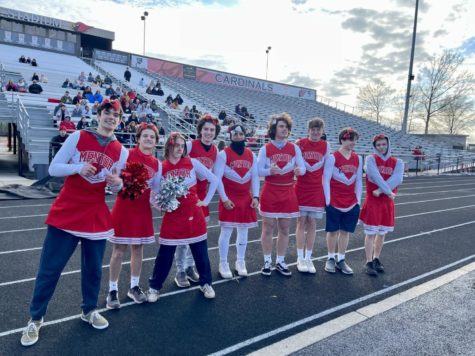
Extracurriculars also help students in the academic setting. In Elizabeth Baldwin’s working paper Enriching the rich? A review of extracurricular activities, socioeconomic status and adolescent achievement she affirms that students who participate in academic extracurriculars have better grades and college participation.
Lastly, Extracurriculars can also help the forming of friendships between students. In Ming-Te Wang’s research paper Beyond Classroom Academics: A School-wide and Multi-Contextual Perspective on Student Engagement in School showcases this idea by stating it provides students with a chance to gain a sense of belonging that will translate to value and hard work in school.
According to the United States Census, in 2020 around 29% of girls and 24% of boys were involved in clubs within their schools. However, not everyone is able to participate in extracurriculars. Elizabeth Baldwin affirms this idea by stating it could be a result of not having the activities at the school, parents’ concern for safety, monetary needs, or not having transport that causes students to not be able to participate in extracurriculars. In order to increase activity in our school we would need to solve some of these issues.
At Mentor High
In order to gain information about student participation and why they participate in extracurriculars at Mentor High, there is no better individuals to ask than the students themselves. Over the course of the project 248 students participated in a survey, accounting for roughly ten percent of the student body. Students were asked the following questions:
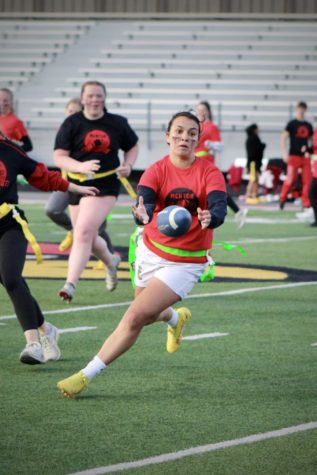
How many extracurriculars do you participate in here at Mentor High School?
What are the activities you do at Mentor High?
If you participate in extracurriculars activities, why?
If you don’t participate in extracurriculars or not as much as what you want to, what are the main limiting factors?
On a scale 0-10, how active do you think you are in each extracurricular?
What do you think could be done to increase student involvement in extracurriculars?
Do you have any ideas for extracurriculars that aren’t offered here?
To analyze the data from the survey we first must discuss its limitations. Firstly, information might be inaccurate due to the sample size. While 10 percent of the school is great for the utilization of this, it makes the assumption that this data is constant for the population of the school. Secondly, data might be inaccurate due to individual bias. This is due to students thinking they are extremely involved in activities, but it might not be the case. A way to double check this would be to have a follow-up study asking the advisors about student involvement of their groups in general. Lastly, data might be inaccurate because of individuals giving incomplete data. For example, an individual stated that they participated in more extracurriculars than they put down for question 2. Overall, I tried my best analyzing the data checking for any mistakes and will make attention to them.
The average student here at Mentor High of the school year of 2022-2023 participates in one and a half extracurricular activities. The number that appeared the most was one extracurriculars. However, along with this 27.4% of the student population participates in zero. This is an issue because groups are losing out on potential members for reasons that will be explained later.
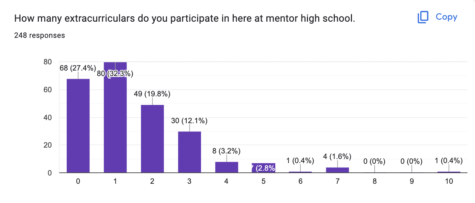
For the purposes of simplifying the activities, I’ll be grouping them into three major categories, academic extracurriculars (Science Olympiad, Model UN, Speech and Debate, etc). athletic extracurriculars (Sports, Marching Band, etc), and community extracurriculars (Future Leaders, Student Government, NHS, etc.). The most common category was athletics, then academics, lastly community. This showcases that students put less priority on community service and more on athletics.
For the purposes of simplifying motives, I’ll be grouping them into a few categories, College, Friendships, and Enjoyment. Enjoyment was the main reason why individuals participated in activities, whereas the other two received similar scores. Now there were also common limitations, such as cost, lack of advertisement, friendliness of groups, and lack of time being the most common.
Students rated how involved they were in extracurriculars, the average student rated themselves a six including those who didn’t participate, however excluding those who inputed zero the average would be eight.

Students also had plenty of ideas on how to increase student involvement. Some of the ideas included increase advertising, add incentives, mandate each student participate in at least one, host a club fair, and provide more time for students to participate. Along with ideas for involvement, they also had ideas for groups that they would like here at Mentor High. The data from the survey if you want to check it for yourself: Student Survey
What Can We Do and What Can The School Do?
Students here at Mentor can participate in a wide variety of activities to meet students’ needs. From clubs related towards language, to competitive events, to music. By getting involved not only is it helping you, but also allowing for these groups to grow. However the issues that Baldwin has stated still exist. To mitigate these, groups fundraise to decrease cost of entry.
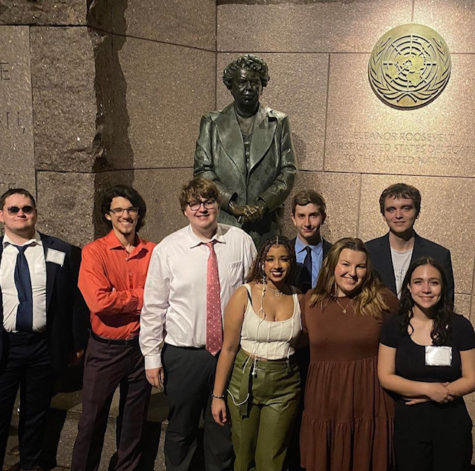
For example, Model UN and Speech and Debate host their own tournaments to cover some costs of the activities. Another way to help students get involved is for groups to meet at available times. For example, Student Government and Future Leaders meet in the morning to allow for more students to meet. Perhaps some groups could meet on late start Wednesdays to allow more people to be involved.
The last major issue is transport. However, Mentor High might already have a solution. Mentor High has Cardinal Go in which it is partnered up with Lake Tran to allow for students to have cheap access to public transit. By having routes during tournament season for activities like Science Olympiad and Speech and Debate, it could allow for more students to participate.
Conclusion
Overall, this is an issue I care about deeply. While it is a small scale issue in comparison to other issues, by increasing involvement in extracurriculars it also helps individuals to learn about larger scale issues. In Model UN you learn about international politics, for example. We as students of this school have a wide variety of opportunities that students of other districts might not have.
However, if our school doesn’t have a club, we as students have the ability to create activities, like Sarah Blakemore did with Helping Cardinals earlier this year. With the new Junior Class President wanting to increase activity participation by adding incentives, it brings me hope that our club activity would increase, but only time will tell. But I ask you this, why out of a school of over 2000 students, why is it only a handful participate in the vast amount of opportunities we have? I challenge you to try one in the upcoming school year.
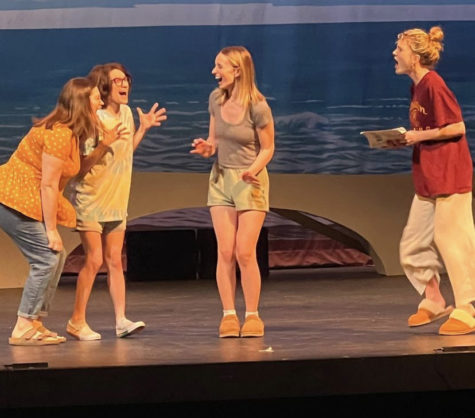 Special thanks to all the teachers who helped distribute the survey to students and to the students who took the survey. With the information gathered here today I hope to advance the student involvement. Hopefully, this article is helpful for individuals wanting to get informed about the status of our school and for those who want to get involved.
Special thanks to all the teachers who helped distribute the survey to students and to the students who took the survey. With the information gathered here today I hope to advance the student involvement. Hopefully, this article is helpful for individuals wanting to get informed about the status of our school and for those who want to get involved.
Citations
Wang, M.-T., & Hofkens, T. L. (2019). Beyond Classroom Academics: A School-Wide and Multi-Contextual Perspective on Student Engagement in School. Adolescent Research Review. doi:10.1007/s40894-019-00115-z
Baldwin, Elizabeth and O’Flaherty, Martin(2018). Enriching the rich? A review of extracurricular activities, socioeconomic status and adolescent achievement. LCC Working Paper Series. 2018–17. Institute for Social Science Research, The University of Queensland
Extracurriculars matter – to you and to Colleges. BigFuture. https://bigfuture.collegeboard.org/plan-for-college/college-prep/stand-out/extracurriculars-matter-to-you-and-to-colleges#:~:text=While%20grades%20and%20test%20scores,will%20help%20you%20stand%20out.
Mayol-García, Y. (2023, January 3). Girls take lessons, join clubs more often than boys but boys play more sports. Census.gov. https://www.census.gov/library/stories/2022/07/children-continue-to-be-involved-in-extracurricular-activities.html#:~:text=proportions%20than%20boys.-,In%202020%2C%2029%25%20of%20girls%20and%2024%25%20of%20boys,%25%2C%20respectively%2C%20in%201998.
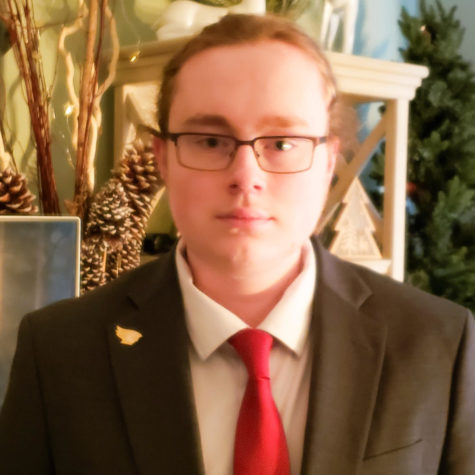
Casey is currently a junior, who in addition to writing for Cardinal Nation, is the debate captain of Speech and Debate, and is a part of Future Leaders,...
